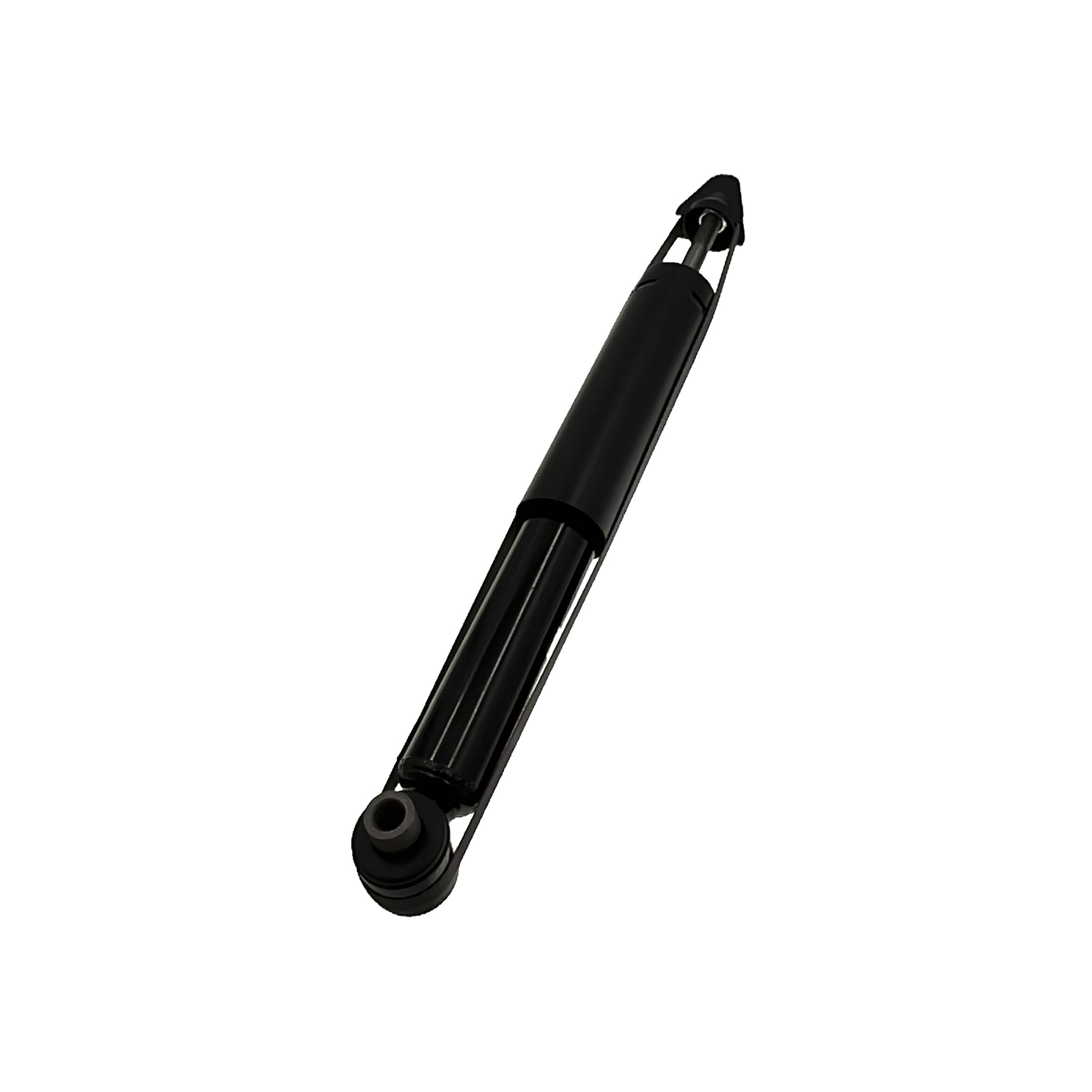Understanding the Critical Role of Camber Arms in Vehicle Performance
Vehicle performance enthusiasts and automotive engineers have long recognized that achieving optimal handling characteristics requires precise control over wheel alignment geometry. At the heart of this precision lies a crucial component - camber arms. These sophisticated suspension elements play a fundamental role in determining how a vehicle behaves during cornering, acceleration, and braking, making them an essential consideration for anyone seeking to enhance their vehicle's dynamic capabilities.
Modern vehicle dynamics demand increasingly sophisticated solutions to meet both performance and safety requirements. Camber arms represent the intersection of engineering innovation and practical application, offering drivers the ability to fine-tune their suspension geometry for optimal tire contact and handling characteristics. Whether you're a track day enthusiast or simply someone who appreciates responsive handling, understanding camber arms is crucial to maximizing your vehicle's potential.
The Science Behind Camber Arm Technology
Core Components and Design Principles
Camber arms are engineered with precision using high-strength materials like aircraft-grade aluminum or chromoly steel. The design typically incorporates adjustable end links, spherical bearings, and reinforced mounting points to ensure both durability and precise adjustment capabilities. These components work together to maintain wheel alignment while allowing for customization based on specific driving requirements.
The engineering behind camber arms focuses on maintaining structural integrity under various load conditions while providing the necessary adjustment range. Modern designs often feature anti-bind technology, which prevents suspension binding through articulation, ensuring smooth operation throughout the suspension's range of motion.
Geometric Considerations and Adjustment Range
The effectiveness of camber arms lies in their ability to precisely control wheel positioning relative to the vehicle's body. Engineers design these components with specific geometric considerations in mind, ensuring that camber changes remain predictable throughout the suspension's travel. The adjustment range typically spans several degrees, allowing for fine-tuning based on specific application requirements.
Advanced camber arm designs incorporate features that maintain proper geometry even under extreme conditions, preventing unwanted alignment changes during heavy cornering or acceleration. This attention to geometric precision ensures consistent handling characteristics and predictable vehicle behavior.
Performance Benefits and Vehicle Dynamics
Enhanced Cornering Capability
When properly adjusted, camber arms significantly improve a vehicle's cornering abilities by optimizing tire contact patch geometry. During high-speed turns, the right camber settings ensure maximum tire contact with the road surface, resulting in improved grip and more predictable handling characteristics. This becomes particularly evident during aggressive driving scenarios where maintaining optimal tire contact is crucial.
Performance testing has shown that vehicles equipped with properly adjusted camber arms can generate higher cornering forces while maintaining better stability. This translates to faster lap times on the track and more confident handling during spirited street driving.
Tire Wear Optimization
Beyond performance benefits, camber arms play a crucial role in managing tire wear patterns. Proper camber settings ensure even tire wear across the contact patch, extending tire life and maintaining consistent performance characteristics. This is particularly important for vehicles that see regular track use or aggressive street driving.
The ability to precisely adjust camber angles allows drivers to balance performance requirements with tire longevity, making camber arms a valuable investment for both track and street applications. Regular monitoring and adjustment of camber settings can significantly extend tire life while maintaining optimal performance.
Installation and Adjustment Considerations
Professional Installation Requirements
While camber arms are relatively straightforward components, proper installation requires specific tools and expertise. The installation process typically involves safely lifting the vehicle, removing factory components, and carefully installing the new camber arms while ensuring proper torque specifications are met. Professional alignment equipment is necessary for precise adjustment and verification of settings.
It's crucial to follow manufacturer-specific installation procedures and torque specifications to ensure safe and reliable operation. This often includes proper thread lubrication, careful handling of spherical bearings, and verification of clearances throughout the suspension's range of motion.
Maintenance and Monitoring
Regular inspection of camber arms is essential for maintaining optimal performance and safety. This includes checking for any signs of wear in bearings or bushings, ensuring proper torque on all fasteners, and verifying that alignment settings haven't shifted. Periodic alignment checks are recommended, especially after aggressive driving sessions or significant changes in vehicle setup.
Long-term maintenance considerations include lubricating adjustable components, inspecting for any signs of stress or fatigue, and replacing worn components as needed. Proper documentation of alignment settings can help track changes over time and maintain optimal performance.
Frequently Asked Questions
How often should camber arms be adjusted?
Camber arms typically require adjustment when changing suspension components, after significant impacts, or when tire wear patterns indicate misalignment. Regular alignment checks every 10,000-15,000 miles are recommended for street-driven vehicles, while track cars may require more frequent adjustments based on usage patterns.
Can camber arms improve fuel efficiency?
While camber arms primarily affect handling characteristics, proper alignment can reduce rolling resistance and potentially improve fuel efficiency. However, the primary benefits are related to handling performance and tire wear optimization rather than fuel economy.
What are the signs that camber arms need replacement?
Key indicators include unusual tire wear patterns, inconsistent handling characteristics, difficulty maintaining alignment settings, and visible wear or damage to the arms or their components. Any unusual noises or feelings through the suspension should be investigated promptly.

